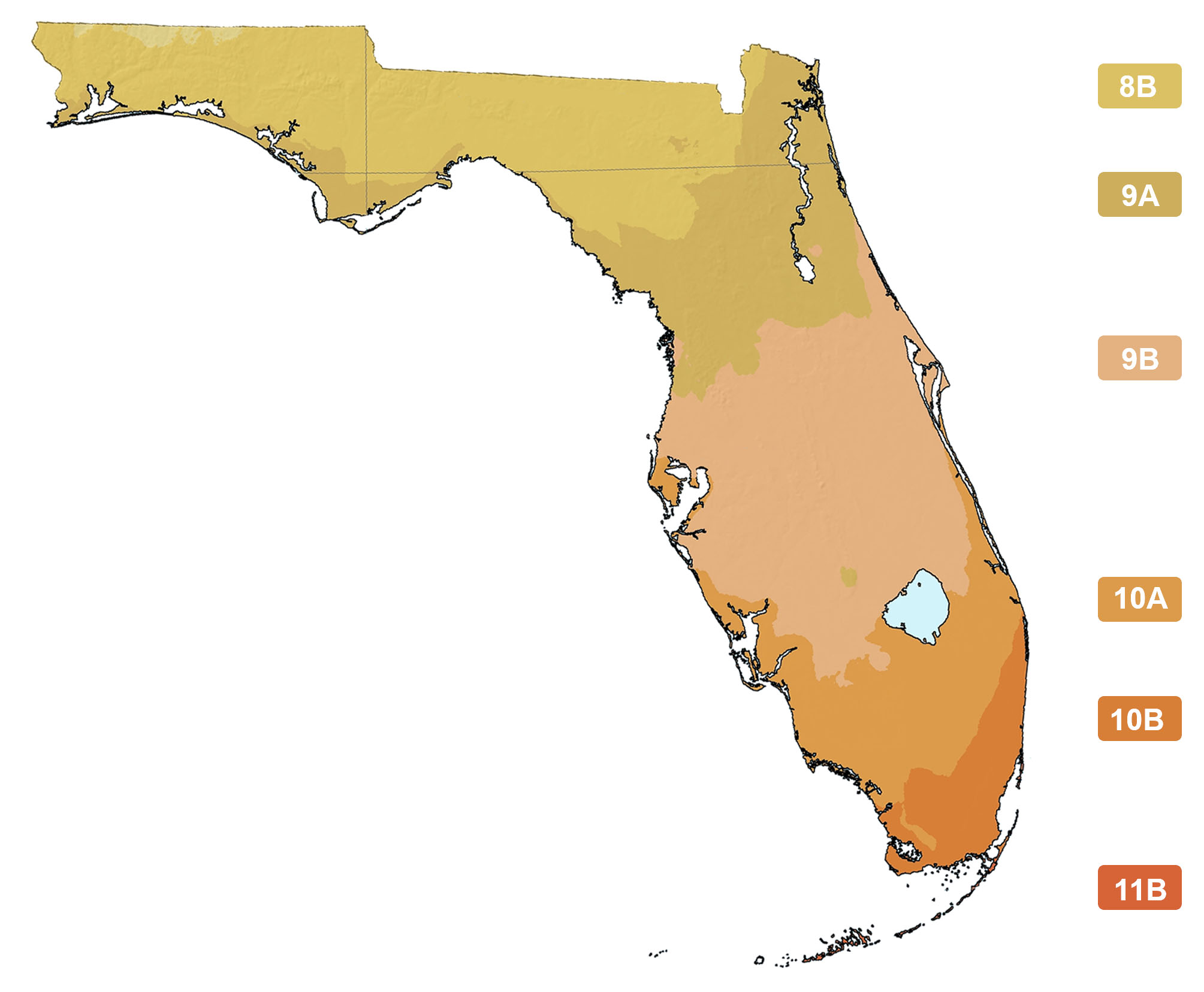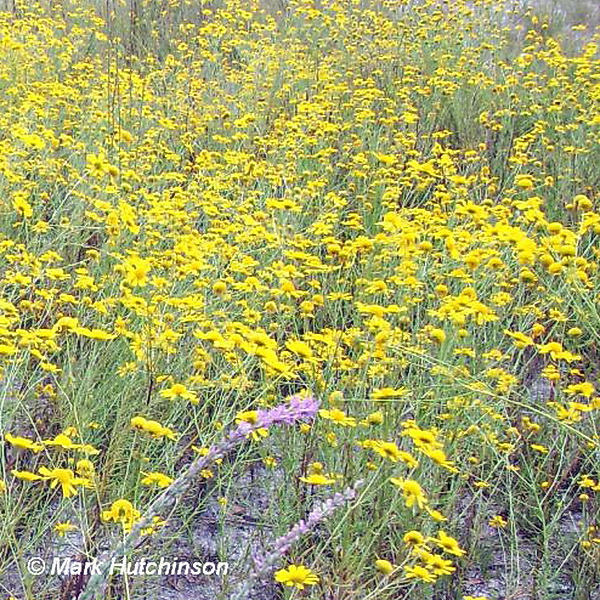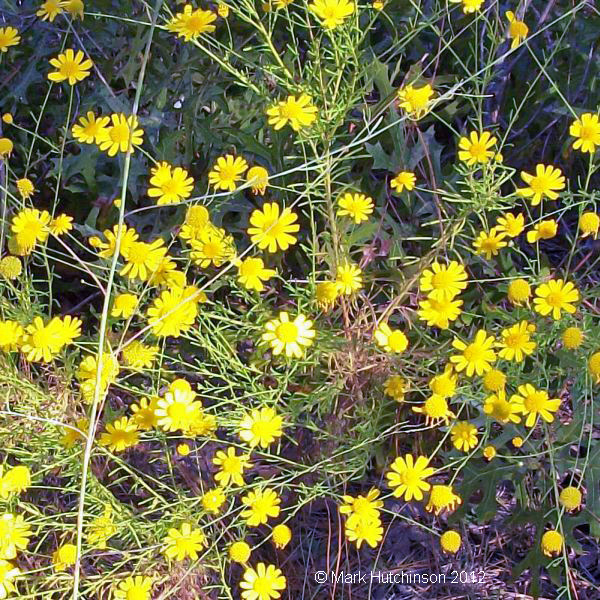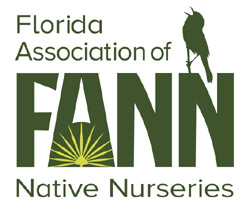Balduina angustifolia
Photographs belong to the photographers who allow use for FNPS purposes only. Please contact the photographer for all other uses.
Coastalplain Honeycombhead, Yellow Buttons
Asteraceae (Compositae)
Plant Specifics
| Form: | Flower | |
| Size: | 2-3 ft tall by 0.5 ft wide | |
| Life Span: | Annual | |
| Flower Color: | Yellow | |
| Fruit Color: | NA | |
| Phenology: | Annual (efloras.org), but seeds sprout shortly after flowering with a small rosette overwintering to flower in the next summer-fall. | |
| Noted for: | Showy flowers |
Landscaping
| Recommended Uses: | Casual wildflower bed, typically to the back as the flower stalks are tall. We recommend treating this like a biennial. | ||||||||||||||||||||||||||||||||||||||||||
| Considerations: | Not drought tolerant. | ||||||||||||||||||||||||||||||||||||||||||
| Propagation: | Seed. It may reseed on its own, but there is a necessity to recognize the 1st year rosette. Will only reseed in sandy open areas. | ||||||||||||||||||||||||||||||||||||||||||
| Availability: | Native nurseries, Seed | ||||||||||||||||||||||||||||||||||||||||||
| Light: | Full Sun | ||||||||||||||||||||||||||||||||||||||||||
| Moisture Tolerance: |
always floodedextremely dry |
||||||||||||||||||||||||||||||||||||||||||
| (Not wet but not extremely dry ----- to ----- Very long very dry periods) | |||||||||||||||||||||||||||||||||||||||||||
| Moisture Tolerance: | Not wet but not extremely dry ----- to ----- Very long very dry periods | ||||||||||||||||||||||||||||||||||||||||||
| Salt Water Flooding Tolerance: | Not salt tolerant of inundation by salty or brackish water. | ||||||||||||||||||||||||||||||||||||||||||
| Salt Spray/ Salty Soil Tolerance: | Low/no tolerance of salty wind or direct salt spray | ||||||||||||||||||||||||||||||||||||||||||
| Soil or other substrate: | Sand | ||||||||||||||||||||||||||||||||||||||||||
| Soil pH: | Acidic to circum-neutral | ||||||||||||||||||||||||||||||||||||||||||
Ecology
| Wildlife: |
| |
| Insects: | Attracts a variety of butterflies, including gulf fritillary, for nectar. Attracts many native insects , especially bees including miner, sweat metalic sweat , resin, leaf-cutter, nomad, long-horned, bumble, and carpenter bees. The endemic ground-dwelling bee, Hesperapis or balduina bee (Hesperapis oraria), is dependent on this species. Attracts the non-native but economically important honey bee. | |
| Native Habitats: | Open, dry sites. Naturally grows in scrub and scrubby flatwoods. |
Distribution and Planting Zones
Natural Range in Florida
USDA Zones
Suitable to grow in:
10A 10B 8A 8B 9A 9B

USDA zones are based on minimum winter temperatures
Comments
| General Comments: | The first year, this plant is a small rosette. The second year, it grows in height and flowers. Balduina angustifolia is endemic to the southeastern coastal plain from Mississippi to Georgia with most of its range being within Florida (BONAP 2014). Archbold bee study (scientific names) Attracts many insects , especially bees including Perdita bequaerti, Agapostemon splendens, Augochlora pura, Augochlorella aurata, Augochloropsis sumptuosa, Dialictus coreopsis, D. miniatulus, D. nymphalis, D. placidensis, D. tegularis, Evylaeus pectoralis, Halictus ligatus, Nomia heteropoda, Anthidiellum notatum rufimaculatum, A. perplexum, Coelioxys dolichos, C. germana, C. mexicana, C. sayi, C. texana, Megachile albitarsis, M. brevis pseudobrevis, Mgeorgica, M. inimica, M. mendica, M. petulans, M. policaris, M. pruina, M. texana, M. xylocopoides, Dolichostelis louisae, Trachusa fontemuitae, Nomada fervida, Svastra aegis, Apis mellifera, Bombus impatiens, B. pennsyl.uanicus, Xylocopa micans, and X. virginica krombeini (Deyrup et al. 2002).
|






